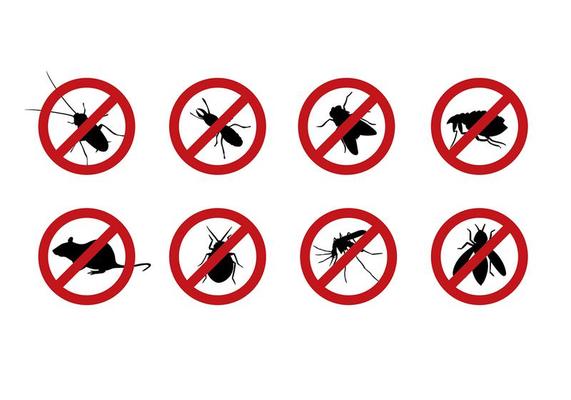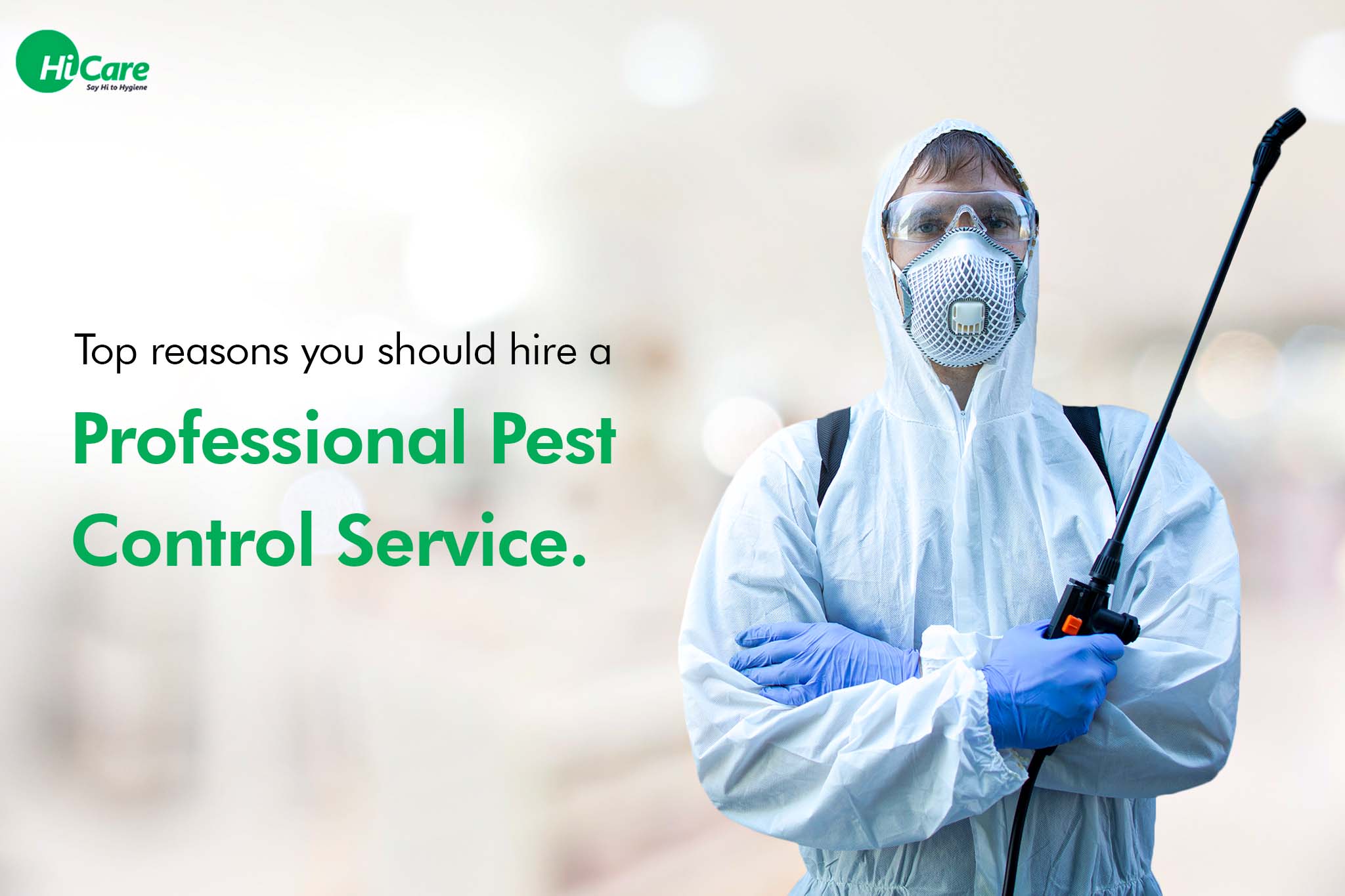Reliable Insect Control Providers: A Comprehensive Consider Elimination Techniques and Prevention Steps
In the world of bug control solutions, the successful monitoring of invasions requires a thorough approach that combines various techniques and steps for both elimination and prevention. From Integrated Parasite Monitoring (IPM) approaches that focus on sustainable services to chemical elimination methods created for targeted elimination, the arsenal against parasites is diverse and vast. Biological control approaches and physical avoidance actions use different courses to effectively combating unwanted intruders. Nonetheless, the key to an extensive insect control strategy exists not simply in the strategies themselves, yet also in the precise expert examination treatments that precede and educate them. By recognizing the details of each strategy and just how they interaction, one can truly comprehend the intricacy and performance of modern-day bug control solutions.

Integrated Parasite Administration (IPM) Strategies
Integrated Parasite Monitoring (IPM) Approaches encompass a comprehensive approach to pest control that concentrates on tracking, prevention, and control techniques to successfully manage insect populaces. By integrating numerous techniques, IPM intends to minimize the effect of pests while likewise reducing the dependence on chemical pesticides. Avoidance lies at the core of IPM, highlighting methods like appropriate sanitation, upkeep of health, and sealing entrance indicate discourage parasites from infesting buildings. Monitoring plays an essential function in IPM by frequently recognizing and checking insect levels to determine the ideal intervention thresholds. Control techniques in IPM prioritize using physical, biological, and cultural strategies before transforming to chemical therapies as a last option. These techniques consist of introducing all-natural killers, environment modification, and utilizing capturing gadgets to maintain bug populaces in check. In general, IPM cultivates a sustainable and ecologically mindful technique to pest management, promoting lasting services that secure both human wellness and the ecological community.
Chemical Elimination Methods
Chemical elimination techniques are frequently employed in parasite control services to properly remove bug populaces that pose a risk to human health and residential property. These techniques involve using numerous chemical materials especially created to target and remove pests such as pests, rodents, and other undesirable animals. The application of pesticides, pesticides, rodenticides, and other chemical agents is meticulously controlled to ensure maximum efficiency while lessening threats to people, pet dogs, and the environment.
Among the crucial advantages of chemical elimination strategies is their ability to offer quick and targeted results, making them especially helpful in cases of extreme infestations or urgent bug control requirements - a1 pest control in portland oregon bed bugs. Nonetheless, it is necessary to stress the significance of proper handling, application, and disposal of these chemical products to stop unexpected harm
Furthermore, incorporated insect management (IPM) strategies commonly incorporate chemical extermination techniques with other approaches such as hygiene, environment alteration, and biological controls to create a detailed and lasting parasite control method. By integrating chemical elimination strategies judiciously within an IPM framework, parasite control solutions can properly manage bug populations while lessening prospective threats to human health and wellness and the environment.
Organic Bug Control Approaches
Using all-natural predators and parasites to handle pest populations is a lasting method recognized as biological insect control. a1 residential pest control portland or bed bugs. One common biological control technique involves introducing all-natural enemies of the target pest types, such as ladybugs for aphid control or nematodes for termite invasions.
One more effective organic control approach is making use of microbial pesticides. These are normally occurring bacteria, such as bacteria, viruses, and fungi, that especially target and infect certain bug species. By making use of these microbial agents, insect populaces can be efficiently minimized without harming valuable microorganisms or creating injury to the setting.
Physical Insect Avoidance Actions
Implementing physical pest avoidance steps involves using obstacles and structural alterations to hinder insects from going into or infesting a residential or commercial property (a1 residential pest control portland or bed bugs). One reliable method is securing all prospective entrance factors such as spaces around doors, windows, and utility infiltrations. Installing door moves, screens on windows, and sealing fractures in the foundation can assist avoid parasites like pests and rodents from getting indoors. Additionally, keeping a clutter-free and clean atmosphere is vital as insects are attracted to food sources and hiding places. Regularly evaluating and repairing any damaged screens, vents, or roofing system floor tiles can additionally assist in maintaining parasites out.
One more physical avoidance measure is making use of obstacles like fence to keep larger pests such as deer or raccoons far from the building. Setting up mesh or cord screens around gardens can protect plants from being damaged by insects. Proper waste management, including safeguarding garbage containers with tight-fitting covers, is crucial in deterring insects like raccoons, rodents, and insects. By applying portland exterminators a1 for bed bugs these physical insect avoidance actions, residential or commercial property proprietors can significantly lower the threat of insect invasions and the damage they can cause.
Professional Parasite Assessment Treatments
Conducting systematic and detailed bug assessments is a fundamental facet of professional bug administration protocols. Specialist parasite assessors are educated to diligently examine residential or commercial properties for signs of invasions, determining pest types, entry points, and conducive problems. The evaluation procedure commonly starts with a detailed analysis of both the exterior and interior of the premises. This entails checking for insect droppings, chomp marks, nests, and any type of structural damages that may suggest insect task. In addition, assessors may use customized devices such as dampness meters and borescopes to identify covert invasions within walls or crawl areas.

Verdict
To conclude, efficient parasite control services utilize a variety of strategies, consisting of Integrated Insect Management approaches, chemical elimination methods, organic controls, and physical prevention actions. Specialist insect inspection procedures play an important role in recognizing and dealing with pest issues in a prompt manner. By applying a combination of these approaches, home owners can efficiently handle and avoid bug problems.
From Integrated Pest Monitoring (IPM) approaches that focus on sustainable services to chemical extermination strategies developed for targeted removal, the collection against bugs is vast and diverse.Integrated Insect Monitoring (IPM) Strategies include a thorough method to pest control that concentrates on avoidance, monitoring, and control methods to properly manage insect populations.Chemical elimination strategies are commonly utilized in parasite control services to successfully eradicate parasite populations that position a risk to human health and wellness and residential property.Using all-natural predators and parasites to take care of pest populations is a lasting approach known as biological bug control.In verdict, effective insect control solutions use a selection of techniques, including Integrated Pest Administration approaches, chemical elimination methods, biological controls, and physical prevention actions.
Comments on “A1 Commercial Pest Control Portland - Efficient Bed Bug Solutions for Businesses”